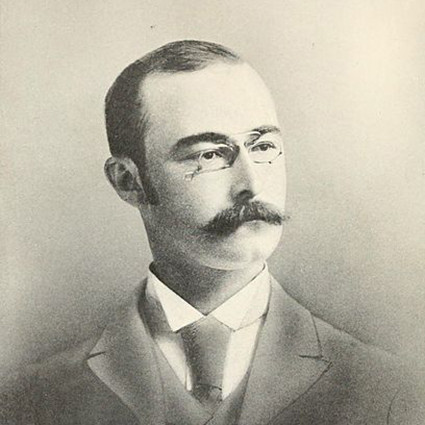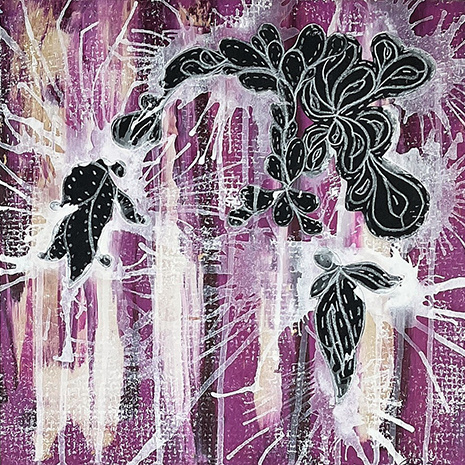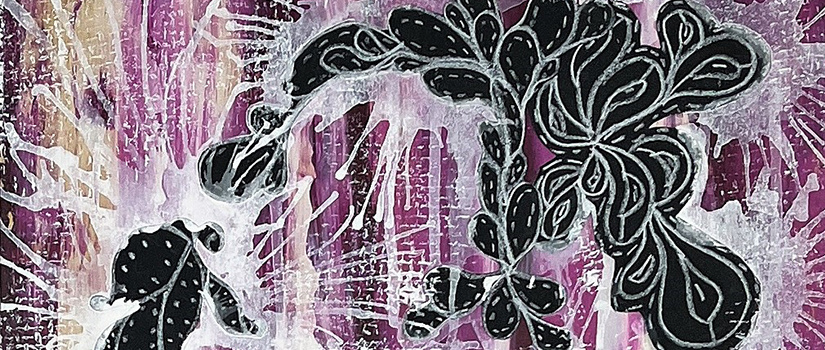Have you heard the story of the writer and political activist whose rival challenged him to a duel?
It’s not the wildly successful musical you’re thinking of, but the history of Narciso Gonzales is no less full of intrigue, barrier-crossing entrepreneurship and, yes, tragedy.
The Gonzales family should be well known in South Carolina, as the founders of The State newspaper. Narciso Gonzales, with his older brother Ambrose, started the paper in 1891 as a progressive platform to speak out on political issues of the day.
“Some people say Narciso was the greatest journalist South Carolina ever had,” says Jorge Camacho, professor of Spanish, comparative literature and Latin American studies in the College of Arts and Sciences.

Narciso Gener Gonzales (pictured) was named after General Narciso Lopez, with whom his father fought for Cuban libre.
“Narciso was a prominent South Carolinian, the son of a prominent Cuban American, and people should know more about him,” he says.
The story of the Gonzales family is part of an exhibit at the Thomas Cooper Library, entitled “Hispanics in South Carolina: Giving Voice to a Better Future.” Organized by USC's Latin American, Caribbean and US Latinx Studies program and curated by Camacho, the exhibit will run during National Hispanic Heritage Month.
Historic documents and photos on display will introduce the Gonzales family’s complicated history and enduring impact in the state, from the Civil War to the turn of the twentieth century.
Narciso’s father, Ambrosio José Gonzales, immigrated to the United States after an unsuccessful campaign to liberate Cuba from Spanish rule. During the Civil War, Ambrosio reached the rank of Colonel in the Confederate army and served as commander of artillery in the famous Battle of Honey Hill.
Ambrosio married Harriot Rutledge Elliot, the daughter of South Carolina politician William Elliot, and the couple had six children, who were raised by the Elliot family after Harriot’s untimely death.
Three of those children – Ambrose, Narciso and William – rose to influential positions as political activists and reporters before establishing The State newspaper as the “leading progressive chronicle of the early twentieth century.”
“Narciso was a member of the Democratic party at that time, the conservative side, and he fought against child labor and lynching,” Camacho says. “And he was killed.”
Narciso adamantly opposed the election of Benjamin Tillman as governor and continued his critical coverage into Tillman’s career as a U.S. Senator.
The politician’s nephew, James Tillman, was so incensed by Narciso’s writing that he once challenged him to a duel.
But the conflict came to bloodshed after Narciso turned his fiery pen to coverage of James Tillman’s run for governor in 1902. After losing the race, James Tillman shot and killed Narciso in broad daylight on the corner of Main and Gervais Streets, on January 15, 1903.
While Tillman was acquitted, a monument to Narciso Gonzales stands in downtown Columbia.

After his death, Narciso’s brother Ambrose ran The State until 1926, and their younger brother William took the helm after serving as U.S. Minister to Cuba and Ambassador to Peru.
Through the exhibit, Camacho hopes to bring the story of the Gonzales family to new light, along with an overview at Hispanic heritage in South Carolina, starting from the first settlement in the mid-1500s up to the impact of the Latinx community today.
“South Carolina has a long, rich tradition that we should explore, and it’s not limited to one family or one group of people,” Camacho says.
“If we can show the impact of people from different backgrounds, we’ll have a better picture of the life and history of the place that we call home.”
Exhibit sponsored by USC’s Latino and Hispanic Faculty Caucus and University Libraries.
Photo credit: Gonzales, N. G. (1922) In Darkest Cuba, Columbia: The State Company.
